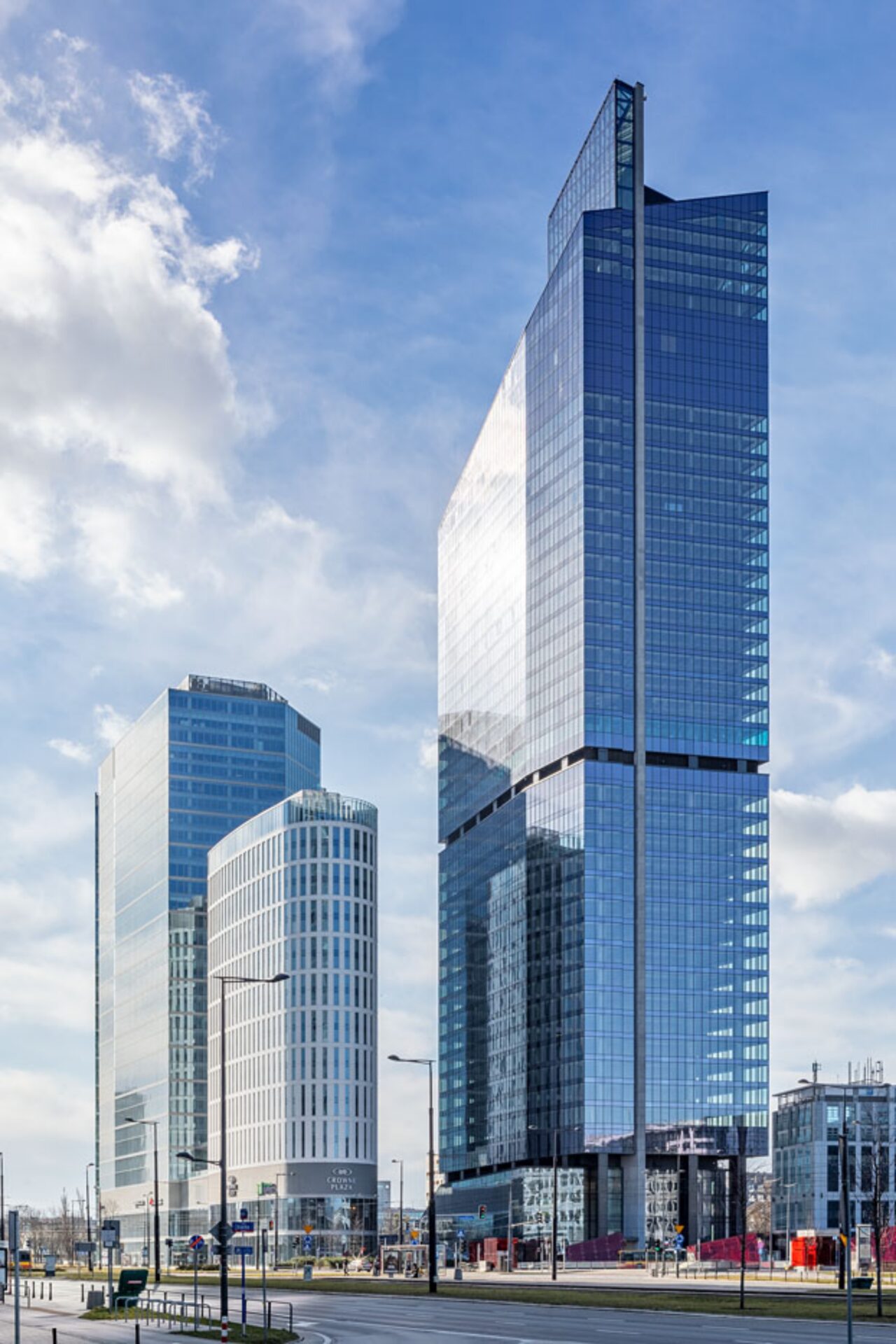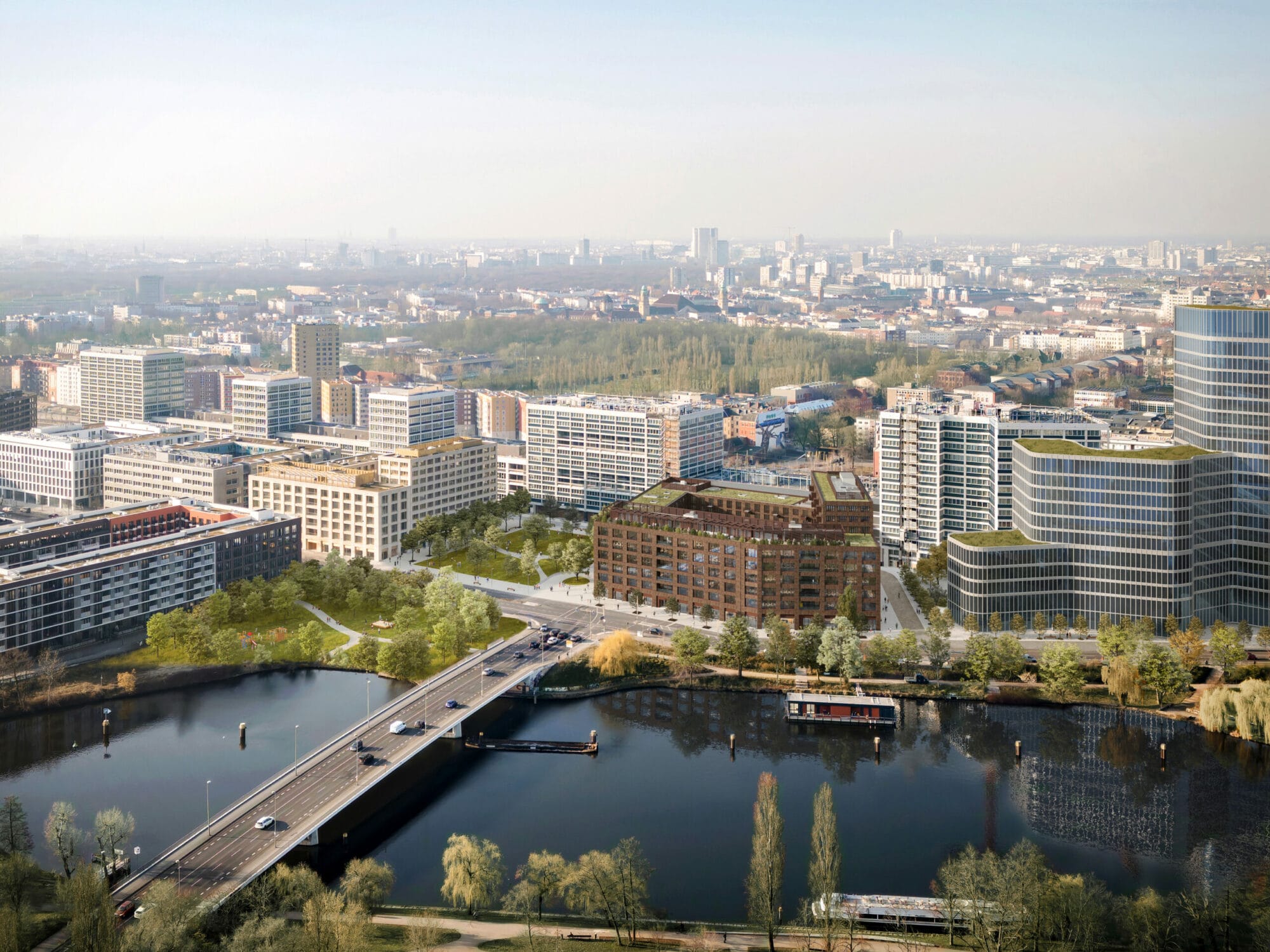2020 was a difficult year that brought with it numerous challenges for Poland’s office sector. As expected since the onset of the COVID-19 pandemic, the slowdown on the office market is evident, however, it seems that it won’t be permanent. As far as any decision-making in the regions is concerned, developers and tenants alike exercised a greater degree of caution, which was reflected in the volume of leases signed. The 580,000 sqm in respect of which agreements were concluded is a result lower than that achieved in 2019 by more than 100,000 sqm.
As of the end of December 2020, total office stock on the eight largest regional markets (Kraków, Wrocław, the Tricity, Katowice, Łódź, Poznań, Szczecin, Lublin) stood at nearly 5.8 million sqm. Kraków with its 1.55 million sqm of office space (27 percent of the total existing stock figure) continues to lead in the regions. Wrocław, taking second place yet again, holds in excess of 1.2 million sqm of office stock. The volume of existing office space in the six remaining regional cities stands at just over 183,000 sqm in Szczecin and Lublin and nearly 900,000 sqm in the Tricity.
2020 in the regions saw the delivery to the market of 37 new office schemes with a total area of 393,300 sqm, which represents approx. only 70 percent of the volume of space delivered in the regions in 2019. The highest share of 2020’s new supply, i.e. 140 700 sqm, which represents 36 percent of the total new supply figure, was delivered to the market in Kraków, where the largest scheme delivered was the High5ive 4 office building with the area of 23,500 sqm completed in Q1 2020. The second market in terms of new supply delivered was Katowice with more than 61,300 sqm of space. The office sector there gained four new schemes, the two largest ones being the A and B buildings within the Face2Face complex with the area of 26,200 sqm and 19,600 sqm, accordingly. The Tricity market, with 60,300 sqm of new office space handed over to tenants in the shape of six schemes, took third place. The largest of those include Olivia Prime B, with 25,000 sqm, and the Wave A office building with its leasable area of 23,600 sqm. Wrocław, with a volume of space only slightly lower than that delivered in the Tricity, placed just outside of the top three. The four new schemes completed in Wrocław brought a total of more than 58 000 sqm of new space to the market, where the largest project was Centrum Południe (23,700 sqm). As far as the remaining regional cities are concerned, the Łódź market is also worthy of mention with nearly 51,000 sqm of new office space delivered there in 2020. The evident slowdown in terms of new office supply delivered to the market in 2020 was recorded in Poland’s smallest regional cities: there were no schemes completed in Lublin, while only one with the area of 3,400 sqm was delivered in Szczecin.
However, the uncertainty prevailing on the market did not have a negative impact on the projects already under construction with things going according to schedule there. Still, while developers are carrying on with the ongoing construction work, decisions on commencing new projects are now often pushed back in time. Additionally, a number of projects were temporarily suspended, where recommencement of work planned to possibly take place within the next few months is in reality dependant on how the situation with the COVID-19 pandemic plays out in the country. The markets in Katowice, Kraków and the Tricity are expected to grow at the fastest pace over the coming 12 months. The last city on that list is slowly approaching the threshold of 1 million sqm of existing office stock. The largest projects currently under construction outside of Warsaw include the Global Office Park complex by Cavatina (55,100 sqm) and .KTW II by TDJ Estate (42,000 sqm) developed in Katowice, Ten Office Buma A1 (12 700 sqm) and Teritium Business Park III (12,500 sqm) in Kraków, both of those developed by Buma, and Wrocław’s MidPoint 71 office building (36,900 sqm) by Echo Investment.
One of the aftereffects of the COVID-19 pandemic most noticeable on Poland’s office market at the moment is the increasing number of sublease agreements concluded. As of the end of the year, the volume of space offered for sublease in the regions stood at approx. 150,000 sqm. Organizations in Wrocław, Kraków and the Tricity are amongst those offering the most space for sublease in the regional cities. Subleasing enables tenants from various industries to lease office space for a shorter term and at a more attractive price than under a traditional lease agreement. However, subleases come with limited opportunities as to introducing changes in the fit-out and there is less flexibility as far as the length of the term of the lease is concerned; ultimately this might be something that will stop some businesses from choosing the subleasing option.
“The increasing popularity of the flexible work model provided us with the confidence that offices are going to remain a necessary element of business operations. Following the many months of remote work, maintaining maximum efficiency is becoming a challenge. We have the need to exchange information with other people on a permanent basis and we long for everyday human interaction, and all this in a professional space dedicated to our work needs. This is why an office will always be the focal point for any organization. Naturally, it can be expected that tenants will look for more flexibility in terms of the length of the term of the lease, the size of the space to be occupied, and the option to sublease their office space,” said Mikołaj Laskowski, Head of Office Agency at BNP Paribas Real Estate Poland.
“The previous 3 years on the regional office markets brought with them record-breaking tenant activity levels, and thus we all grew accustomed to positive results. In turn, a slowdown was experienced in 2020, however, it seems that the aftermath will not be permanent. The market situation might change depending on how the health situation unfolds, the pace of vaccinations, the measures and restrictions introduced by the government, as well as the changing tenant preferences. The coming months will bring an answer to the most pressing question of all: what’s the market going to be like in 2021?” said Klaudia Okoń, Consultant, Research and Consultancy Department, BNP Paribas Real Estate Poland.







